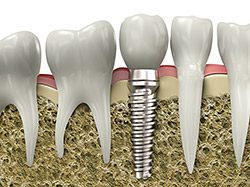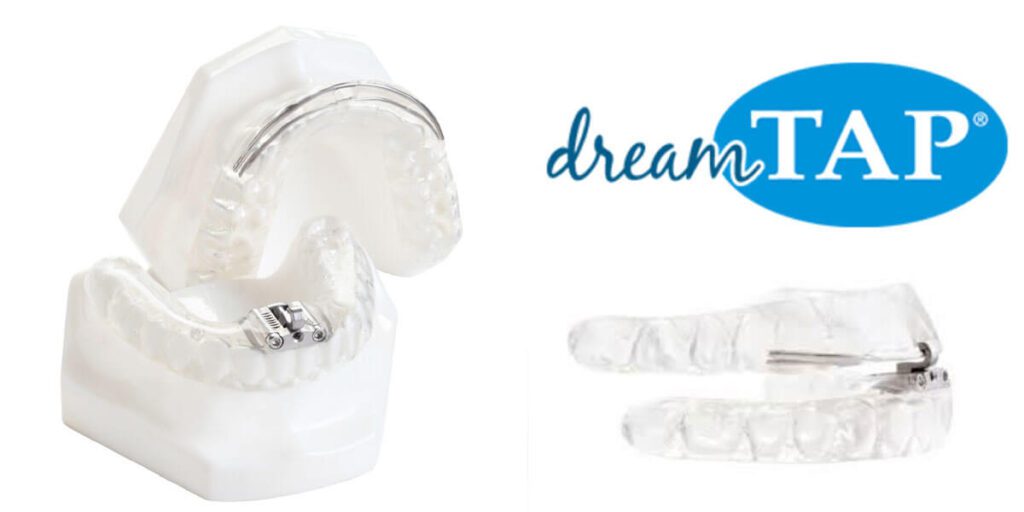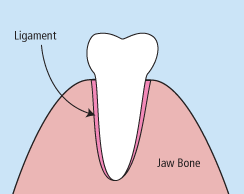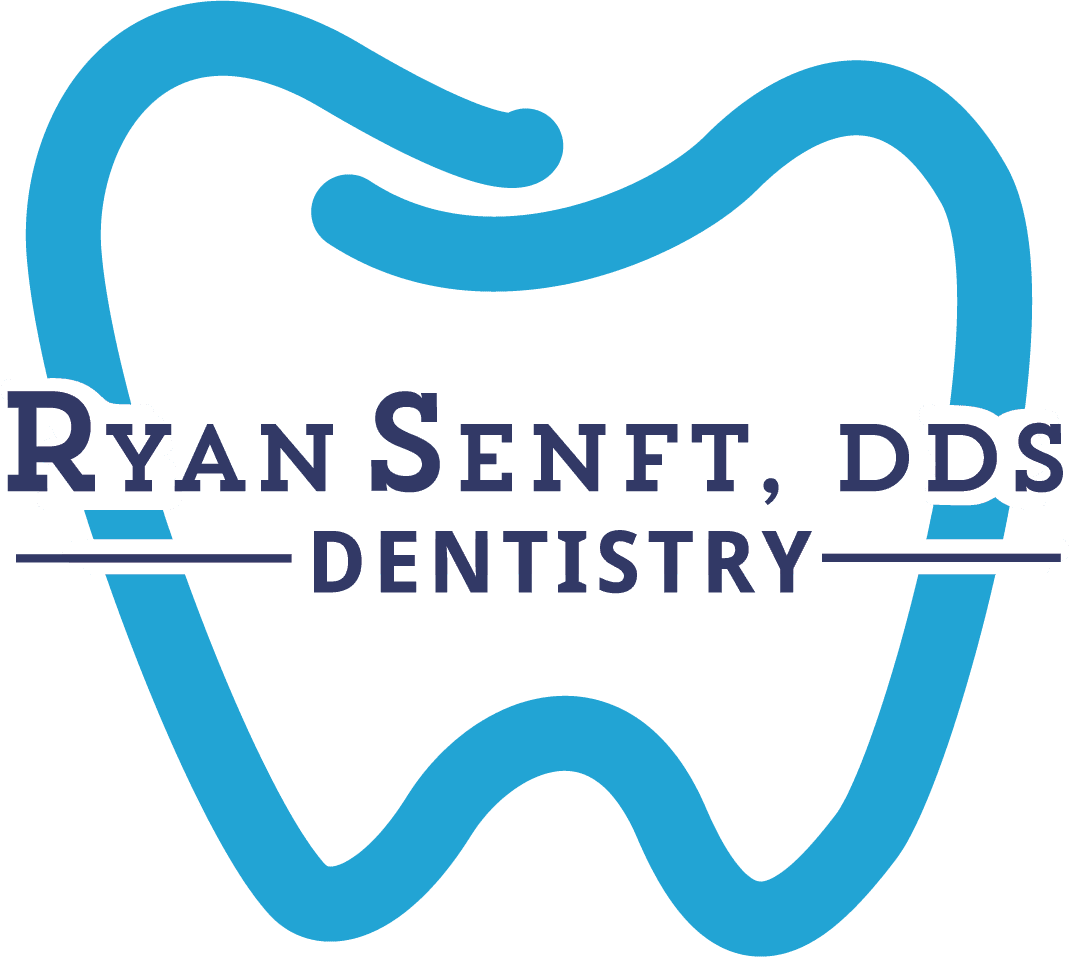Specialty Services in Cupertino, CA

Why race across town to dentists you don’t know?
We provide comprehensive, specialized dental care in one familiar place.
Bone grafting is often closely associated with dental restorations such as bridgework and dental implants.
Need A Dental Implant but Not Enough Bone?
- Bone grafting is often closely associated with dental restorations such as bridgework and dental implants.
- In the majority of cases, the success of a restoration procedure can hinge on the height, depth, and width of the jawbone at the implant site.
- When the jawbone associated with missing teeth shrinks, or has sustained significant damage, the implant(s) cannot be supported on this unstable foundation and bone grafting is usually recommended.
Volume Shrinkage
- Periodontal Disease
Periodontal disease can affect and permanently damage the jaw bone that supports the teeth. Affected areas progressively worsen until the teeth become unstable. - Tooth Extraction
Studies have shown that patients who have experienced a tooth extraction subsequently lose 40-60% of the bone surrounding the extraction site during the following three years. Loss of bone results in what is called a “bone defect”. - Injuries and Infections
Dental injuries and other physical injuries resulting from a blow to the jaw can cause the bone to recede. Infections can also cause the jaw bone to recede in a similar way.
Bone grafting can repair implant sites with inadequate bone structure due to previous extractions, gum disease or injuries. The bone material is either synthetic, obtained from a tissue bank or your own bone is taken from the jaw, hip or tibia (below the knee).

If you are missing teeth, it is crucial to replace them. Without all your teeth, chewing and eating can destabilize your bite and cause you discomfort. When teeth are missing, your mouth can shift and even cause your face to look older. Implants are a great way to replace your missing teeth, and if properly maintained, can last a lifetime!
An implant is a new tooth made of metal and porcelain that looks just like your natural tooth. It’s composed of two main parts: one part is the titanium implant body that takes the place of the missing root, and the second part is the tooth-colored crown that is cemented on top of the implant. With implant treatment, you can smile confidently knowing no one will ever suspect you have a replacement tooth.
In addition to tooth replacement, implants may be used to anchor dentures, especially lower dentures that tend to shift when you talk or chew. For patients with removable partial dentures, implants can replace missing teeth so you have a more natural-looking smile.

Root canals have a reputation for being painful, but you’ll be relieved to know that endodontic treatment has advanced to the point where this is no longer the case. While you may experience some discomfort, you should not expect to feel pain. A root canal is a routine procedure that saves an infected tooth, eliminating the need for extraction and replacement.
Why Root Canals Are Needed
When an infection reaches the center of a tooth, it can cause a great deal of pain. This is because a tooth’s pulp is rich with blood vessels and nerve endings that make it particularly sensitive. During a root canal, we open up your tooth to access the tissue inside; we thoroughly clean it to remove the infection and then seal the tooth to prevent re-infection.
Infections may be the result of an injury, an untreated cavity, or cracks in the tooth structure that allow bacteria to reach the pulp. There are times when infection is so severe that the tooth must be removed, but the best possible outcome is for us to be able to save the infected tooth by performing a root canal. A root canal preserves function, integrity of the jaw, and appearance.
What Happens During a Root Canal
Before we start any work, we numb your tooth with local anesthetic. You will feel some pressure and movement during your root canal, but you will not feel any pain.
Once your tooth has been numbed, we will open it in order to reach the infected pulp. We remove this tissue, then irrigate the root of the tooth with water to make sure all signs of infection are removed. An antimicrobial solution is placed in the chamber of your tooth to prevent re-infection, then the chamber is filled.
To restore the exterior of your tooth, we use a tooth-colored filling or a tooth-colored ceramic crown, depending on the extent of repair needed.
Root Canal Aftercare
In some cases, we may prescribe antibiotics for you to take after your root canal. Take these as directed. We will schedule a follow-up appointment for crown placement if needed. Your tooth will be sensitive for a few days after your root canal, but over-the-counter pain relievers, along with cold compresses and a diet of soft foods, are typically enough to alleviate any discomfort.
While crowns typically need replacement eventually, the root canal itself can last a lifetime with proper care.

Obstructive sleep apnea is an ongoing condition that disrupts sleep.
Sleep apnea is a disorder in which one experiences one or more pauses in breathing or shallow breaths during sleep. When breathing is paused or becomes shallow, one will often move out of deep sleep and into light sleep, making the quality of sleep poor. Sleep apnea can be treated with lifestyle changes, oral appliances, breathing devices, and/or surgery.
For mild and moderate sleep apnea, a custom-fitted oral appliance may be helpful.
Oral Appliance Therapy (OAT) can often be a more effective, convenient, and comfortable alternative to CPAP for patients suffering from obstructive sleep apnea. The oral appliance aids patients by positioning the lower jaw and tongue in a way that minimizes airway obstruction during sleep.
Using our 3D Digital Impression Scanner, our office can create a custom-fitted oral appliance for patients to wear during sleeping. The oral appliance can be adjusted to maximize the effectiveness of the appliance while providing the utmost comfort for the patient.
Please be sure to bring your oral appliance to your dental appointments so our team can ensure it fits well and is continuing to work appropriately.
Click on the buttons to learn more about the oral appliances we offer.
For severe sleep apnea, a breathing device called CPAP (Continuous Positive Airway Pressure) may be helpful.
A CPAP machine uses a mask that fits over your mouth and/or nose and gently blows air into your throat. The constant air pressure helps maintain an open airway while you sleep.
Frequently Asked Questions About Sleep Apnea
What are the warning signs of sleep apnea?
Some of the warning signs of sleep apnea include daytime drowsiness, snoring, waking up gasping or choking, having a sore throat or headache in the morning, and difficulty concentrating. If you have a partner, they may notice that you have pauses in breathing while you sleep.
How do you get tested for sleep apnea?
Sleep apnea tests can be conducted at a sleep clinic, but there are also take-home sleep tests that you can do from the comfort of your home. Sleep apnea may also be diagnosed with an examination of your airway and a discussion of your symptoms.
What happens if sleep apnea is left untreated?
Untreated sleep apnea can have a negative effect on your health, even beyond the symptoms described above. Chronic sleep apnea can put you at a higher risk of stroke, heart attack, irregular heart beats, high blood pressure, diabetes, and mood disorders like depression and anxiety. When you are sleep deprived, it also puts you at risk for car accidents and workplace accidents.
What are alternatives to CPAP?
One popular alternative to CPAP machines is oral appliance therapy, which treats sleep apnea by repositioning the tongue and lower jaw to keep the soft tissues engaged so they don’t block your airway while you sleep. There are also surgical treatments that remove or stiffen the soft tissue to keep your airway open.
Does insurance cover sleep apnea appliances?
Although every insurance plan is different, most health insurers will provide coverage for sleep apnea appliances.

When patients experience extreme sensitivity, pain from a broken tooth, or are suffering from advanced periodontal disease, your dentist could recommend that you have a tooth extracted. During a simple extraction, the dentist can safely remove the affected tooth without the need for major surgery.
There are numerous situations in which a simple extraction is needed. Extractions are typically performed because of an active problem such as pain, swelling, decay, infection, as a preventative measure to avoid serious problems in the future, or to prepare your for another cosmetic or restorative procedure.
Common reasons for tooth extractions include:
- Advanced periodontal disease that has loosened the roots of your tooth
- Extra teeth or baby teeth that impede adult teeth
- Preparing a patient for orthodontic treatment
- Removing a fractured or malformed tooth
- Severe tooth decay which cannot be remedied with root canal therapy
- Removal of Wisdom Teeth
